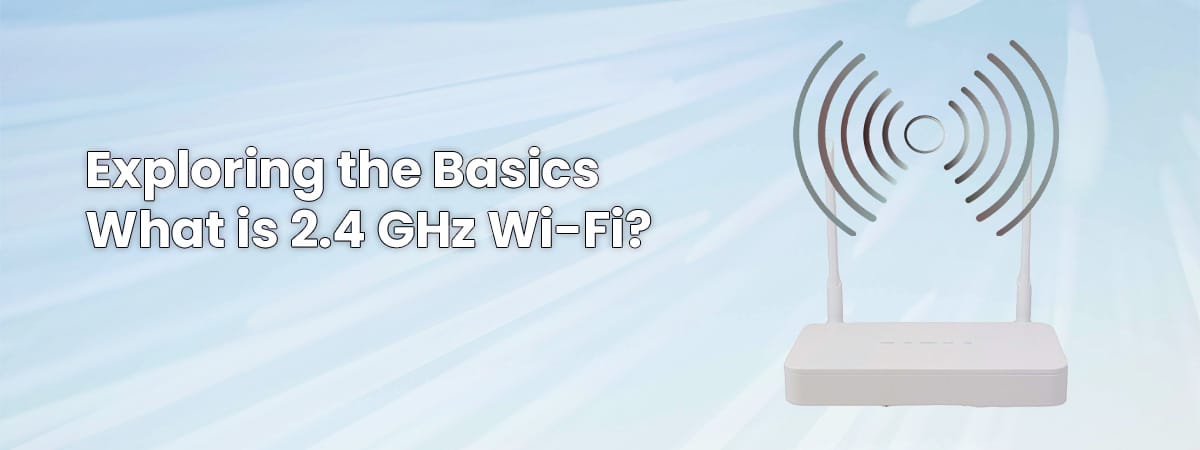Introduction:
In today’s digital world, Wi-Fi has become an integral part of our daily lives, enabling wireless connectivity for a wide range of devices. One common term associated with Wi-Fi is “2.4 GHz,” but what does it actually mean? In this article, we dive into the basics of 2.4 GHz Wi-Fi, its characteristics, advantages, and considerations.
- Frequency Spectrum:
2.4 GHz refers to a specific frequency band within the electromagnetic spectrum. Wi-Fi networks utilizing this frequency band operate on radio waves that transmit and receive data wirelessly. This frequency range is available for unlicensed use, making it widely adopted and compatible with various devices. - Signal Range:
One characteristic of 2.4 GHz Wi-Fi is its signal range. Due to the lower frequency, 2.4 GHz signals can travel further and penetrate obstacles like walls and floors more effectively than higher frequency bands. This makes it suitable for providing coverage in larger areas, such as homes, offices, and public spaces. - Interference:
As 2.4 GHz is a commonly used frequency band, it can be susceptible to interference from other devices operating in the same range. Bluetooth devices, cordless phones, microwave ovens, and neighboring Wi-Fi networks can potentially cause interference and impact the performance of 2.4 GHz Wi-Fi. However, with proper channel selection and interference mitigation techniques, the impact can be minimized. - Device Compatibility:
One advantage of 2.4 GHz Wi-Fi is its widespread device compatibility. Many older and newer devices support 2.4 GHz connectivity, making it a reliable choice for connecting a variety of devices like smartphones, tablets, laptops, smart home devices, and IoT devices. It ensures seamless connectivity for devices that may not support newer Wi-Fi standards. - Data Transfer Speed:
In terms of data transfer speed, 2.4 GHz Wi-Fi can provide reasonable performance. However, compared to higher frequency bands like 5 GHz, the maximum data transfer rates are generally lower. This can result in slower download and upload speeds, especially in crowded network environments with multiple connected devices. - Best Use Cases:
2.4 GHz Wi-Fi is ideal for scenarios where extended coverage and compatibility are important. It works well for general web browsing, email, social media, and other everyday internet activities. It is also suitable for IoT devices and smart home applications that require broader coverage and have lower bandwidth requirements.
Conclusion:
2.4 GHz Wi-Fi is a widely adopted wireless technology that operates in the 2.4 GHz frequency band. With its extended signal range and compatibility with a wide range of devices, it offers reliable connectivity for various applications. While it may face interference and have lower maximum data transfer speeds compared to higher frequency bands, 2.4 GHz Wi-Fi remains a popular choice for everyday internet use and connecting a diverse array of devices. Understanding the basics of 2.4 GHz Wi-Fi helps users make informed decisions when setting up and optimizing their wireless networks.
